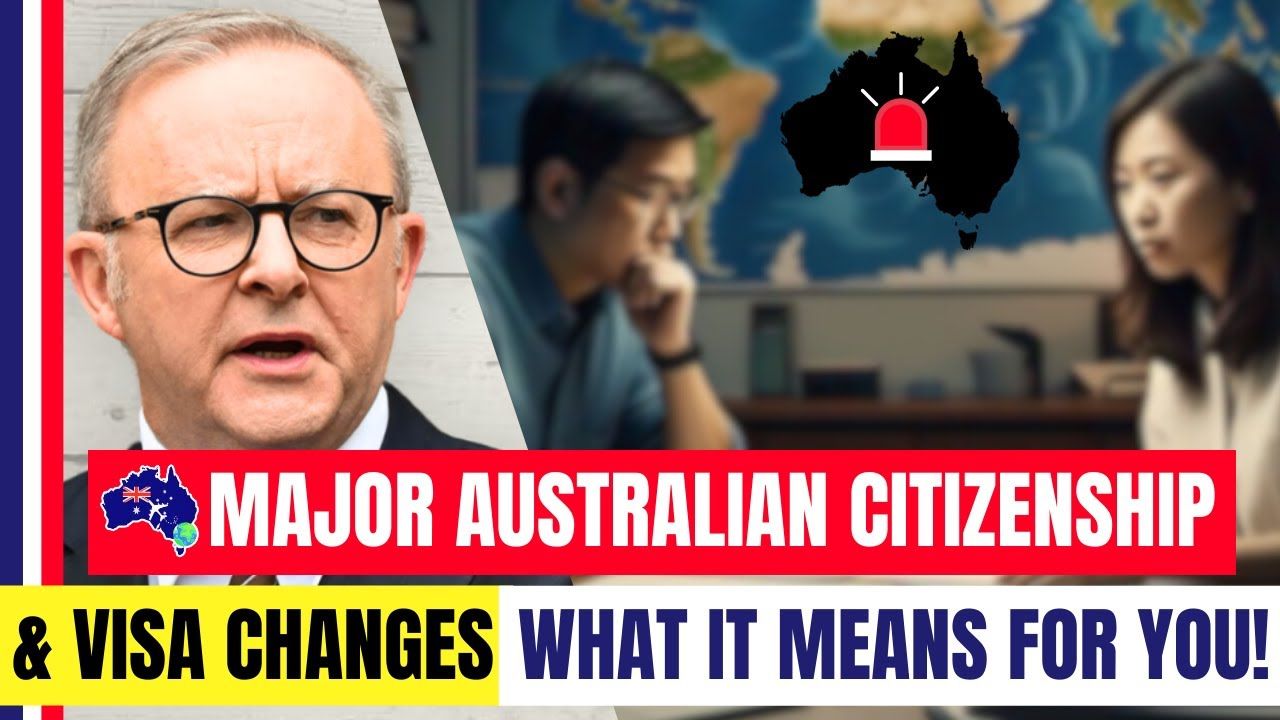The immigration system of Australia has changed a lot within the year of 2025. It will have programmed new pathways to citizenship and also permanent residency. These all reforms are with an objective of catching skilled professionals, simplify the visa processes and increase family reunification. A below detailed update on the latest reforms and eligibility criteria has been provided.
Launch of the National Innovation Visa (NIV)
The effective from December 7, 2024, National Innovation Visa (NIV) comes into effect as a replacement for Global Talent Visa. This type of visa is focused to those having superlative competences in critical sectors such as that of Information and Communication Technology (ICT), Artificial Intelligence (AI), renewable energy and financial technology. Most importantly, the NIV allows fast track facility to permanent residency, providing the brilliant professionals with a direct pathway to residency bypassing all temporary residency stages.
Transition to Skills in Demand (SID) Visa
The Skills in Demand (SID) Visa commenced on 7 December 2024 and superseded the Temporary Skill Shortage (TSS) (Subclass 482) Visa. The SID visa offers three streams:
- Specialist Skills Stream: For highly reputed and high-earners earning AUD 135,000 or more.
- Core Skills Stream: For occupations that are listed in the expanded Core Skills Occupation List (CSOL), with an income minimum threshold of AUD 73,150.
- Labour Agreements Stream: Tailored for specific industry requirements through agreements with the government.
To gain entry into the aforementioned streams, candidates must have at least 12 months of full-time work experience in their nominated occupation within the last five years. It is provided for a maximum period of four years and, for the rest, the English language requirements are similar to the previous TSS visa, requiring an IELTS score of 5.0 or equivalent.
Widening of Core Skills Occupation List (CSOL)
The CSOL is expanding to comprise of 456 occupations, hence adding up 70 of new job categories. Such expansion will provide wider opportunity into several industries for skilled migrants among them health, education, construction, and IT. The revised list supports the employer-sponsored visas SID visa and Employer Nomination Scheme to allow a more diverse and skilled workforce.
There are Simple Pathways to Permanent Residency
On completing just two years’ full-time work in Australia, holders of an SID Visa can apply for permanent residency through the Employer Nomination Scheme (ENS). This change dramatically reduces the time spent on temporary visas, in line with goals that Australia aims to achieve in terms of attracting and retaining skilled professionals.
Introducing a Pacific Engagement Visa (PEV)
The Pacific Engagement Visa (PEV) allows nationals from ten Pacific Island countries and Timor-Leste to apply for permanent residency in Australia. With 3,000 visa places available per year, selected by a ballot system, successful applicants can include their families as well, thus paving the way for a straightforward path to citizenship in Australia.
The Temporary Graduate Visa has been redesigned to facilitate the realization of relevant working experience and enable early-career professionals to move into skilled migration. Therefore, effective from July 2024, stay durations now correspond with industry skill needs, and it becomes simpler for people with work experience in Australia to gain access to permanent residency.
Greater Emphasis on Regional Migration
Australia thus prioritizes skilled migration into regional areas. With effect from December 15, 2023, Ministerial Direction No. 105 gives priority to employers-sponsored migrants into regional Australia. The 2024-25 migration program allocates 33,000 places to regional visas and priority is given to applications for regional-sponsored visas, thus attempting to better balance population distribution and facilitate development in regional areas.
Better Family and Partner Visa Programs
The family and partner visa programs of Australia have seen considerable improvements. The processing time for 75% of applications has been brought down to less than 15 months. The 2024-25 program allocates a total of 52,500 places for family and partner visas, including 8,500 places for parent visas and uncapped child visas, underlining Australia’s commitment to family reunification.
Tighter Regulations in Visa Integrity
To make the immigration system of Australia tougher, it has brought on board stringent rules to prevent the misuse and maintain real students as well as workers in the country. While introducing many other visa integrity measures, the government is setting a higher threshold of English language requirements for student visa applicants and speeding up the processing time for offshore student visas under Ministerial Direction 111.
Proposed Constitutional Changes Concerned with Migrants
Essential constitutional changes were suggested recently regarding the deportation of migrants who indulge in acts of hate crimes like anti-Semitic attacks.
The proposed constitutional amendments are a means of keeping national safety and the Australian values of citizenship to make sure that those people who exhibit hostility against any segment of the population will not be entitled to holding citizenship in Australia.
New Controversies of Citizenship Ceremonies
Recent controversies have erupted regarding citizenship ceremonies; during a ceremony in Sydney, Home Affairs Minister Tony Burke came under fire for being accused of not announcing the nationalities of new Australian citizens, especially that of Palestinian migrants. This incident has raised much debate about inclusivity and representation in citizenship ceremonies.
Conclusion
The reforms of Australian immigrants into 2025 have opened several doors for skilled professionals, families, and even students. With a simplified process to permanent residency and citizenship, a plethora of expanded visa categories with a focus on development in the regions as well as family reunification, Australia thus continues to open its doors towards ever-welcoming platforms for migrants of the world.



